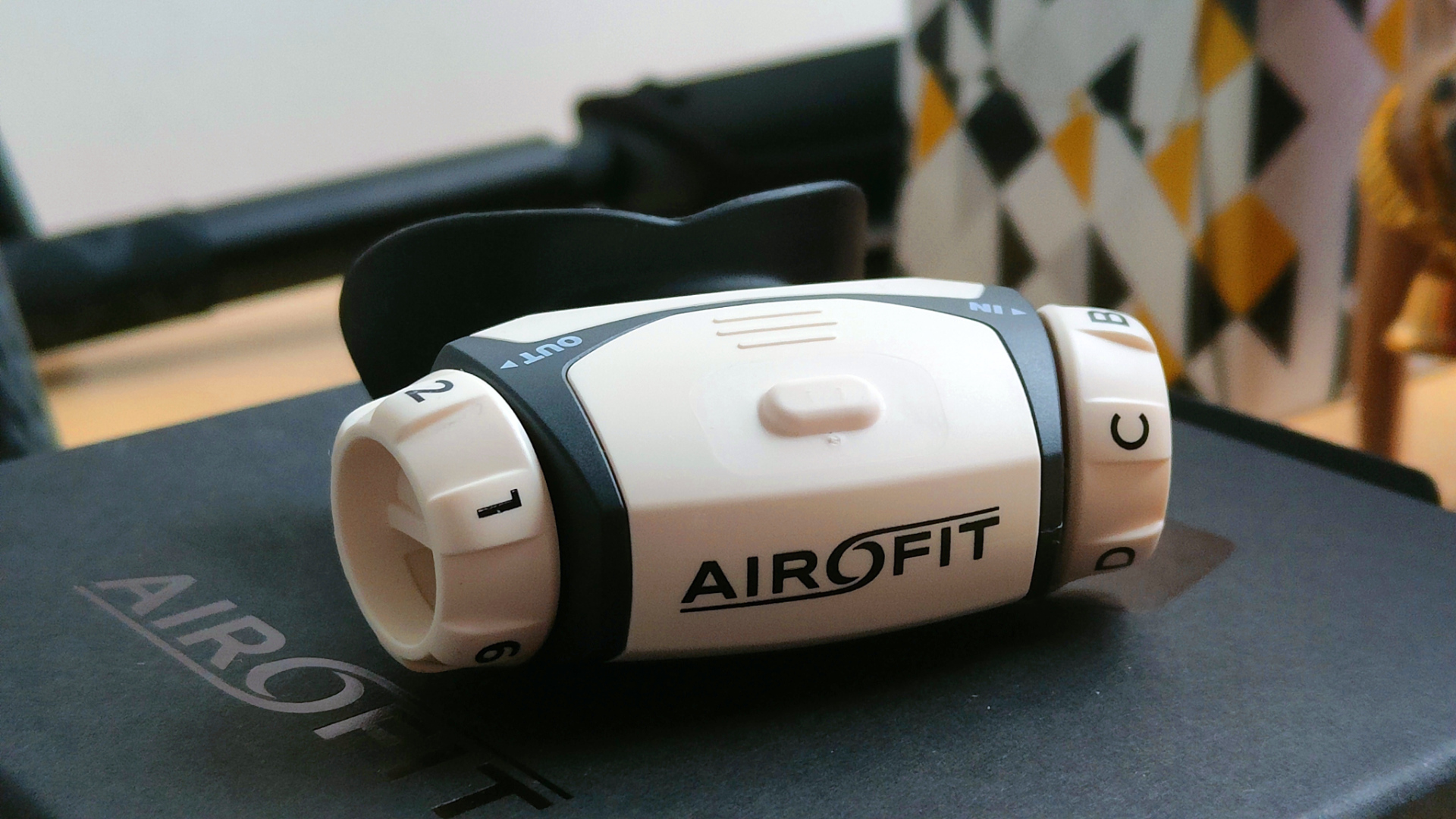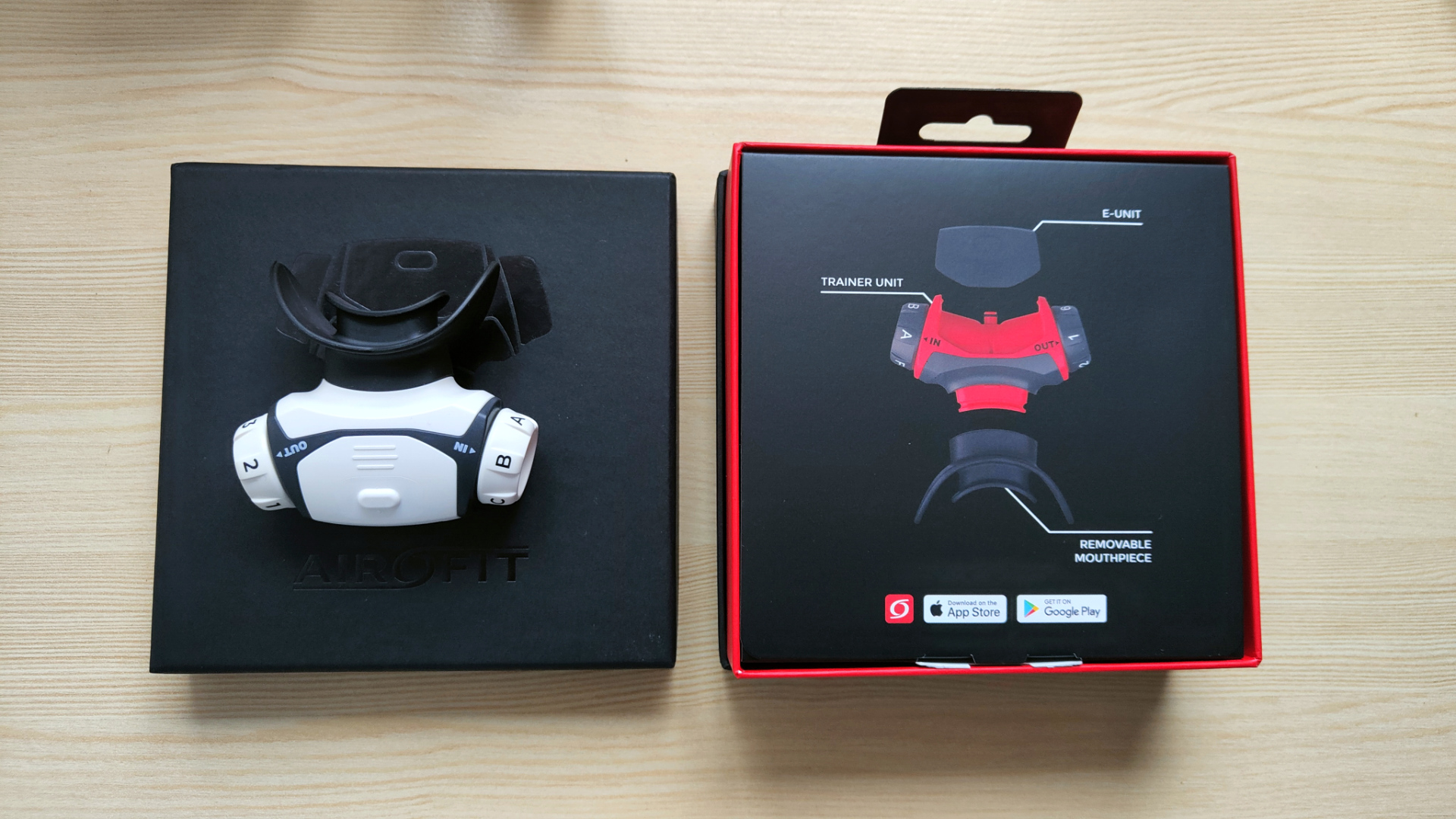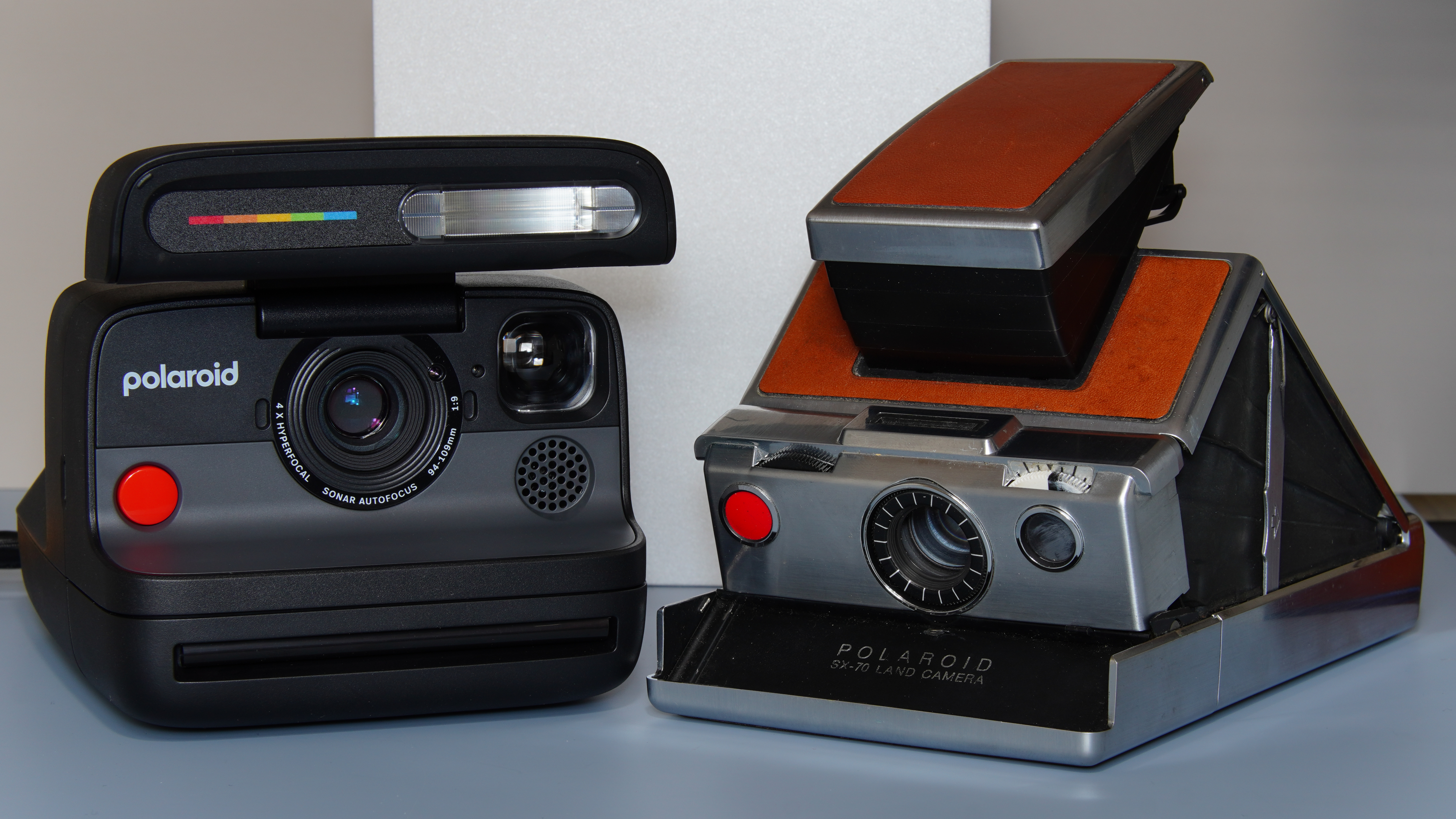

I don't think many of you know this, but T3 stands for 'Tomorrow's Technology Today', so it only makes sense for us to test and review gear that's on the bleeding edge of innovation. It's as much of a blessing as it is a curse to try things not many people get to try; sometimes, products turn out to be genuine innovations, but more often than not, they are total rubbish.
The original Airofit Pro 1.0 belonged to the former category, at least in my opinion. The seemingly simple breathing device, coupled with the Airofit app, helped me reconnect with my lungs, so to say, and even after just a couple of days of use, I could control my breathing better. Needless to say, I fell off the track eventually and stopped using it a little while after I wrote my initial article.
It's a shame, especially considering that it takes around 5-10 minutes a day to train the lungs using the Airofit Pro 1.0. The app even offers some gamification to help you stay on track (i.e. login/exercise streaks). So when I was offered to test the device's successor, the aptly-named Airofit Pro 2.0, I accepted the offer without hesitation. Just the motivation I needed to start training my lungs again!
I had another, less apparent reason to use the Airofit Pro 2.0. I'm attending a 100-mile running challenge in Mongolia in late February/early March, which will be at 1,500 metres higher altitude than where I live, meaning my lungs will be under more pressure. Well, I guess technically less pressure, but since the air is less oxygen-rich, my respiratory muscles will have to work harder than usual.
A post shared by Matt Kollat (@pace_max_pro)
A photo posted by on
That's where the Airofit Pro 2.0 comes into play. Even at my usual altitude, I can train my lungs using a breathing device that restricts the airflow in and out in a structured way. The app recommends two workouts a day based on the goal you set, and you can also access a variety of breathing exercises via the Discover tab. To clarify, these suggestions are to improve muscle strength, not the calming, meditation-like stuff you find in the Fitbit app.
I used the new Pro 2.0 for a couple of weeks, and the experience was very similar to the 'old' device. The new breathing trainer is said to provide a more advanced lung function measurement, improved guidance and feedback, more accurate result tracking, etc. It also uses a magnetic charging cable instead of the non-magnetic version of the Airofit Pro 1.0. The actual user experience of the device is pretty much the same, though, for better or worse.
I guess athletes who need accurate data – and this is probably Airofit's primary target market – will appreciate the data being more accurate; anyone else wouldn't care about the refinements, not least because the app hasn't changed much (or at all from what I can tell) since I tried the predecessor of the Airofit Pro 2.0. Bluetooth connection can still be a bit patchy (I used an Android phone for the test), making it tricky to follow the real-time guidance in the app. It's not a constant issue, but Bluetooth can sometimes be a pain in the neck.
Sign up to the T3 newsletter for smarter living straight to your inbox
Get all the latest news, reviews, deals and buying guides on gorgeous tech, home and active products from the T3 experts

Would I recommend the Airofit Pro 2.0? Yes, as this uncomplicated device and the Airofit app can improve muscle strength in the lungs, which can significantly improve your well-being, even if you aren't planning on doing any physical activity at altitude. Training your lungs with the Airofit Pro 2.0 for 10 minutes daily can help improve lung capacity and reduce heart rate without excessive cardio training. What's not to like?
That said, if you aren't keen on super-extra-mega precise data, you might be able to save a few bobs by purchasing the Airofit Pro 1.0 instead, which, again, provides the same user experience via the same app. For the next iteration, it would be nice to see WiFi connectivity and some hardware improvements – I'm still not the biggest fan of how you need to pop the head unit to charge the Airofit Pro 2.0. It's only a minor inconvenience, though, considering the benefits of using the device.
If you're interested in trying the Airofit Pro 2.0 yourself, visit Airofit today to find out more about prices and availability (the Pro 2.0 sells for £302 in the UK). Airofit offers free worldwide shipping, a 45-day money-back guarantee, and a 2-year warranty on its products.

Matt Kollat is a journalist and content creator who works for T3.com and its magazine counterpart as an Active Editor. His areas of expertise include wearables, drones, fitness equipment, nutrition and outdoor gear. He joined T3 in 2019. His byline appears in several publications, including Techradar and Fit&Well, and more. Matt also collaborated with other content creators (e.g. Garage Gym Reviews) and judged many awards, such as the European Specialist Sports Nutrition Alliance's ESSNawards. When he isn't working out, running or cycling, you'll find him roaming the countryside and trying out new podcasting and content creation equipment.

